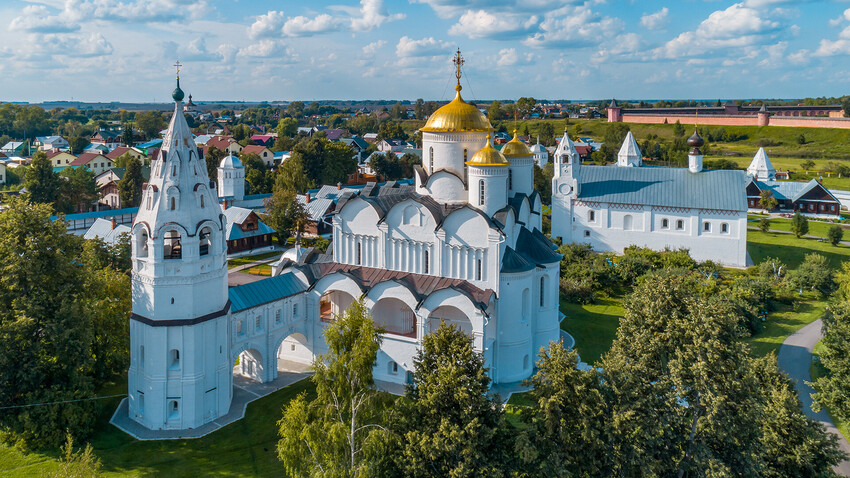
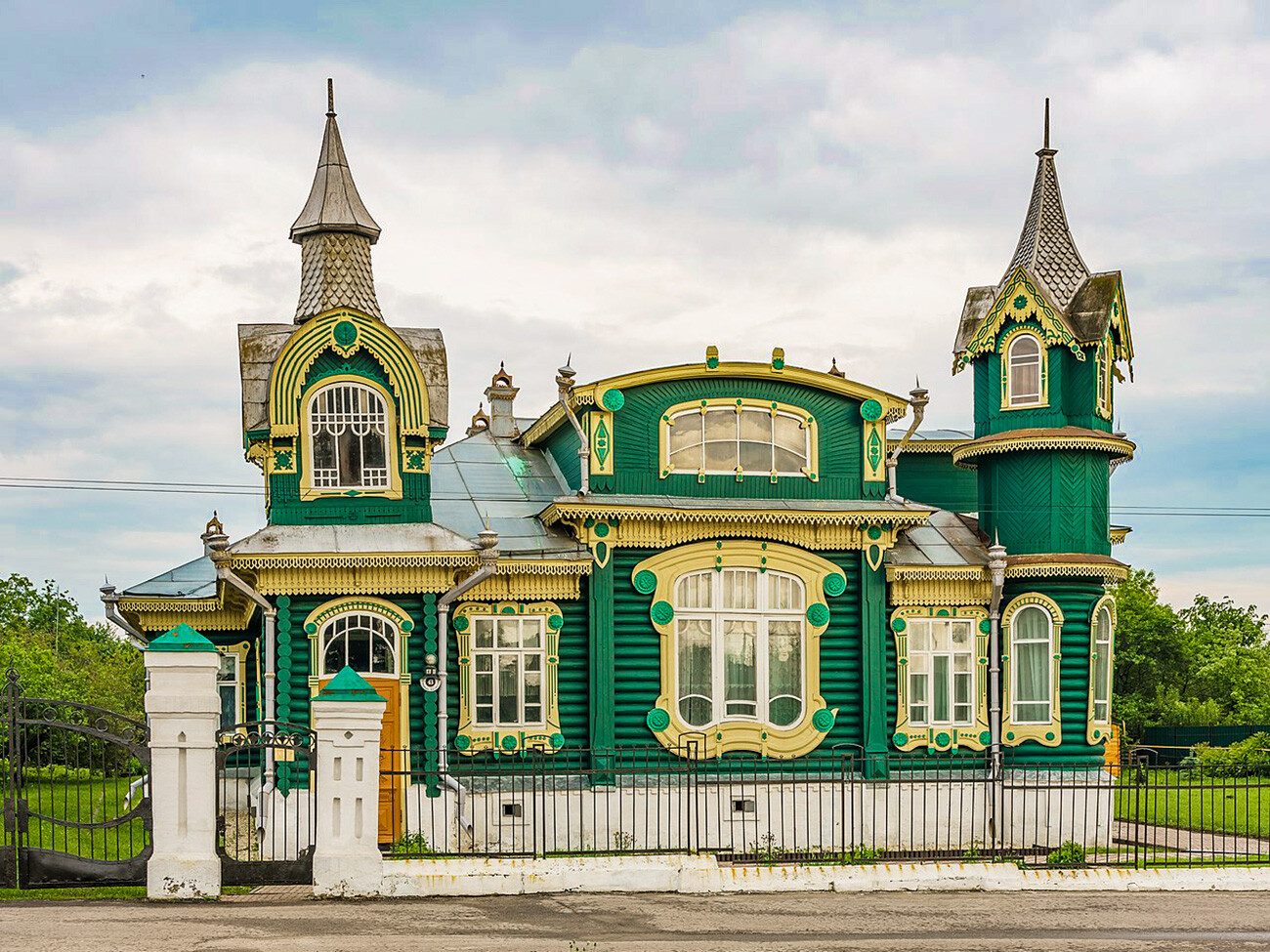
The town on the Klyazma River is believed to have been founded by Prince Andrei Bogolyubsky in 1168. Today, people go there to admire the white stone merchant chambers of the 17th century, old wooden Art Nouveau houses with carved window frames and admire the scenery from Lysaya Mountain.
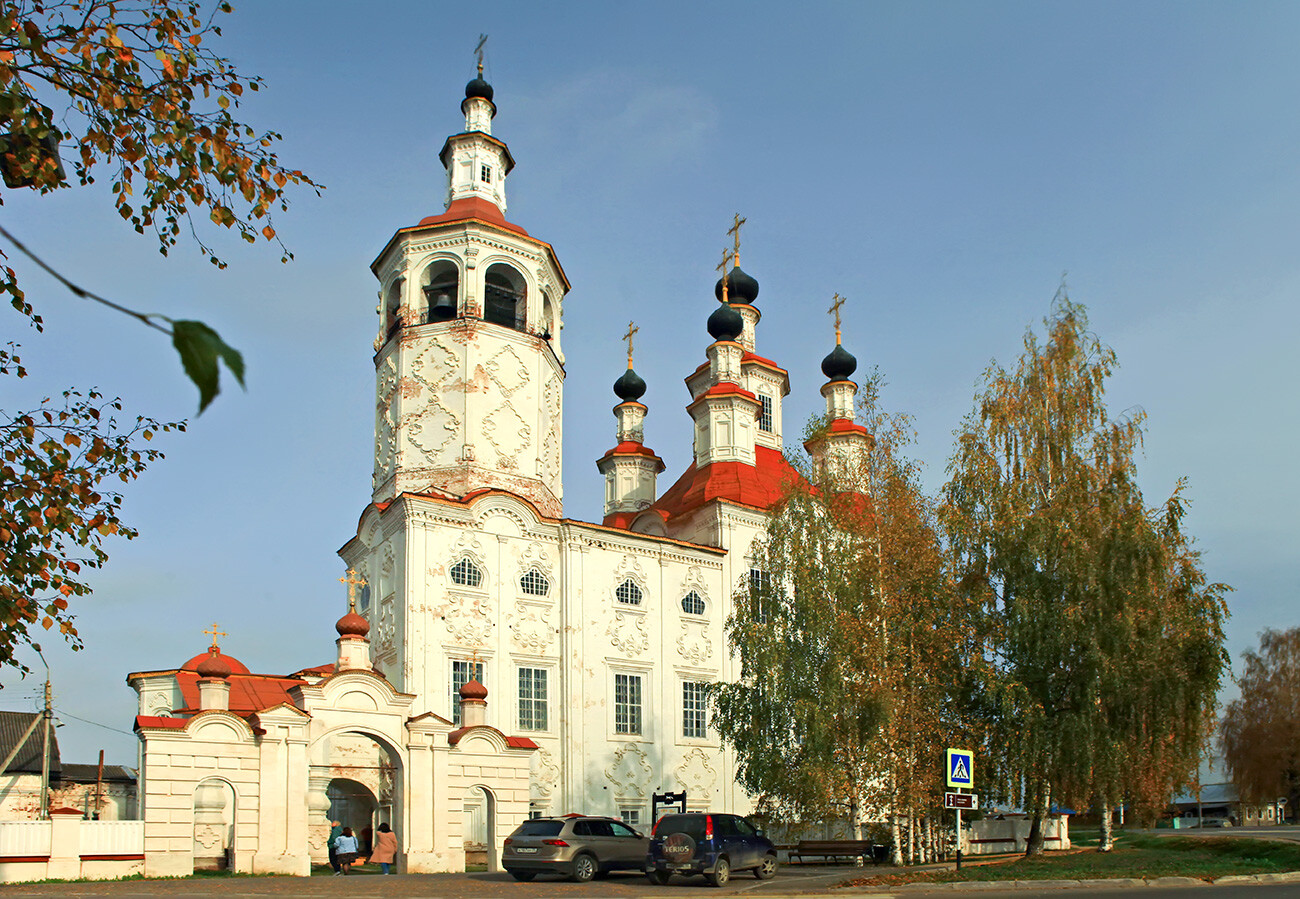
Standing on the Sukhona River, Totma used to be an important town on the Northern Dvina Way. And salt mining brought a good income. In the 18th century, local merchants sent several dozen expeditions to the Pacific Ocean. Among the pearls of Totma is the former church of the Entrance of the Lord into Jerusalem, which now houses the Museum of Seafarers. And also the house of Ivan Kuskov, the founder of the Fort Ross fortress.
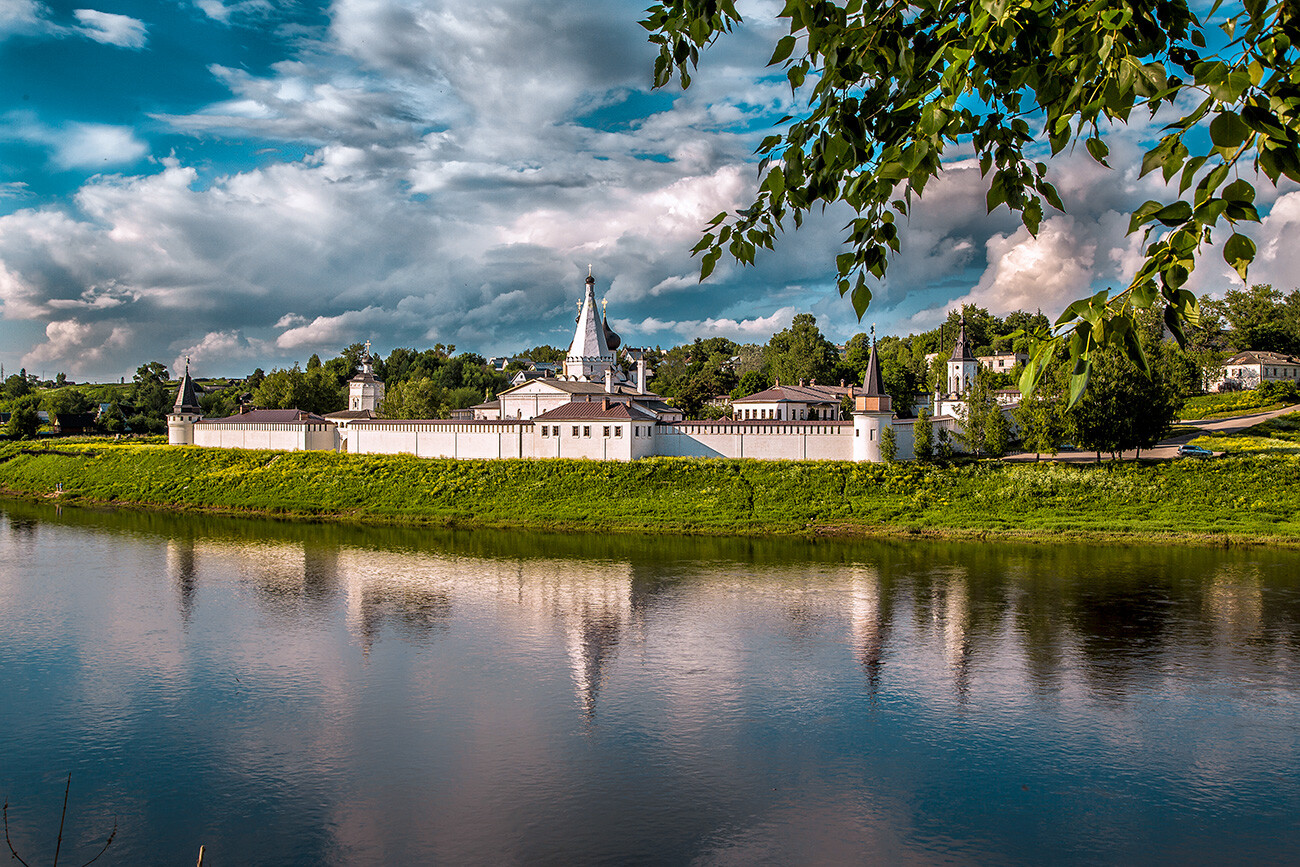
The picturesque city on the Volga River was the residence of Ivan the Terrible in the 16th century. It is decorated with numerous churches, by which one can study the history of Russian architecture. There are the white-stone Staritsky Assumption Monastery, the eclectic church of Paraskeva Pyatnitsa (Nativity of the Virgin Mary) and the Borisoglebsky Cathedral in the classical style.
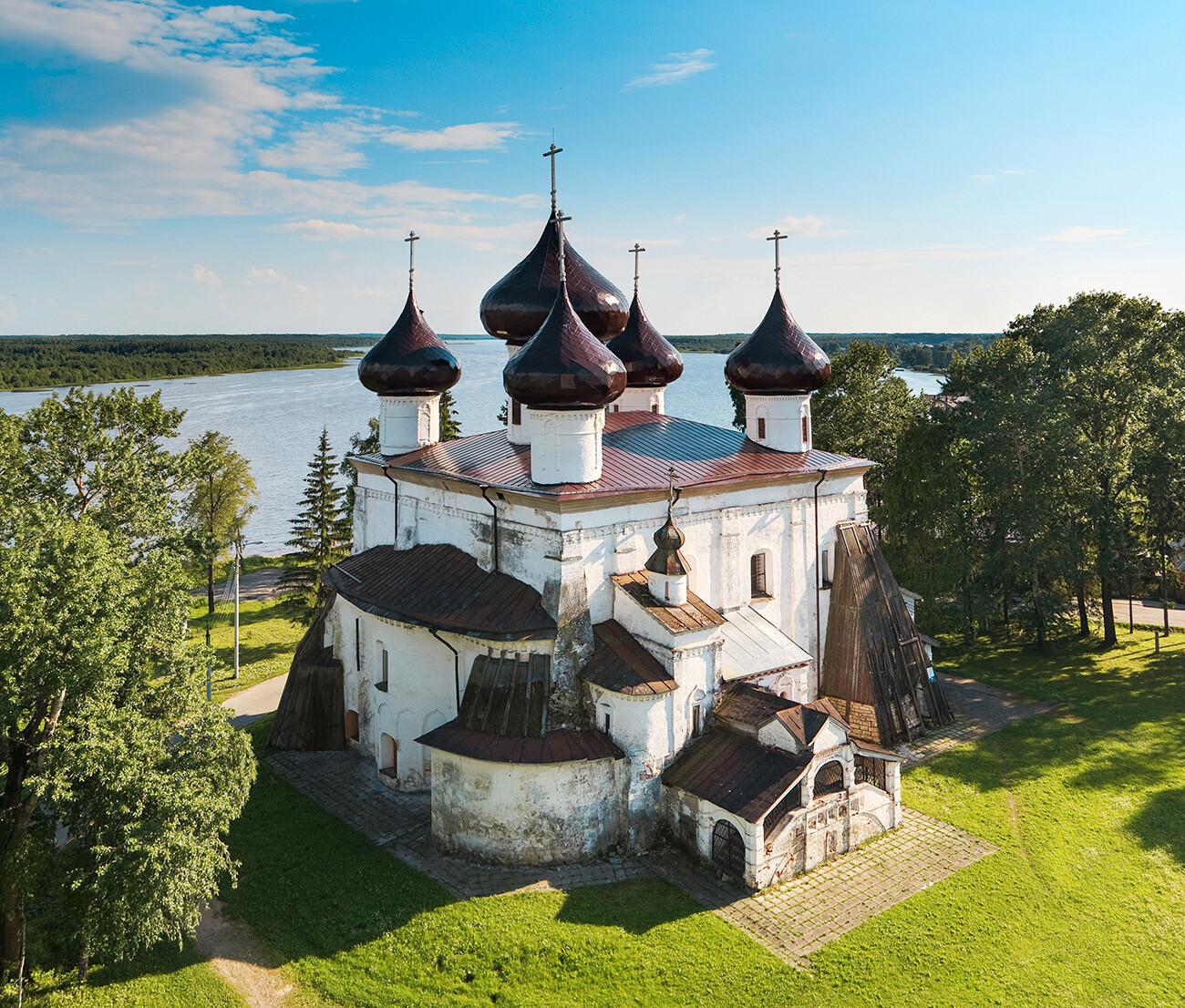
When finding yourself in this town on the banks of the Onega River, it's as if you find yourself in the past with the unhurried flow of life. It’s either a "bear land", or a city of craftsmen from a fairy tale. Take, for example, the Church of the Nativity of Christ from the 16th century - the first stone building in the town. On the upper, summer tier, a carved five-tier iconostasis of the 18th century has been preserved and, on the lower, winter tier, there are "heavens" from the churches of Kargopolye - special ceilings in which every facet is painted as an icon.
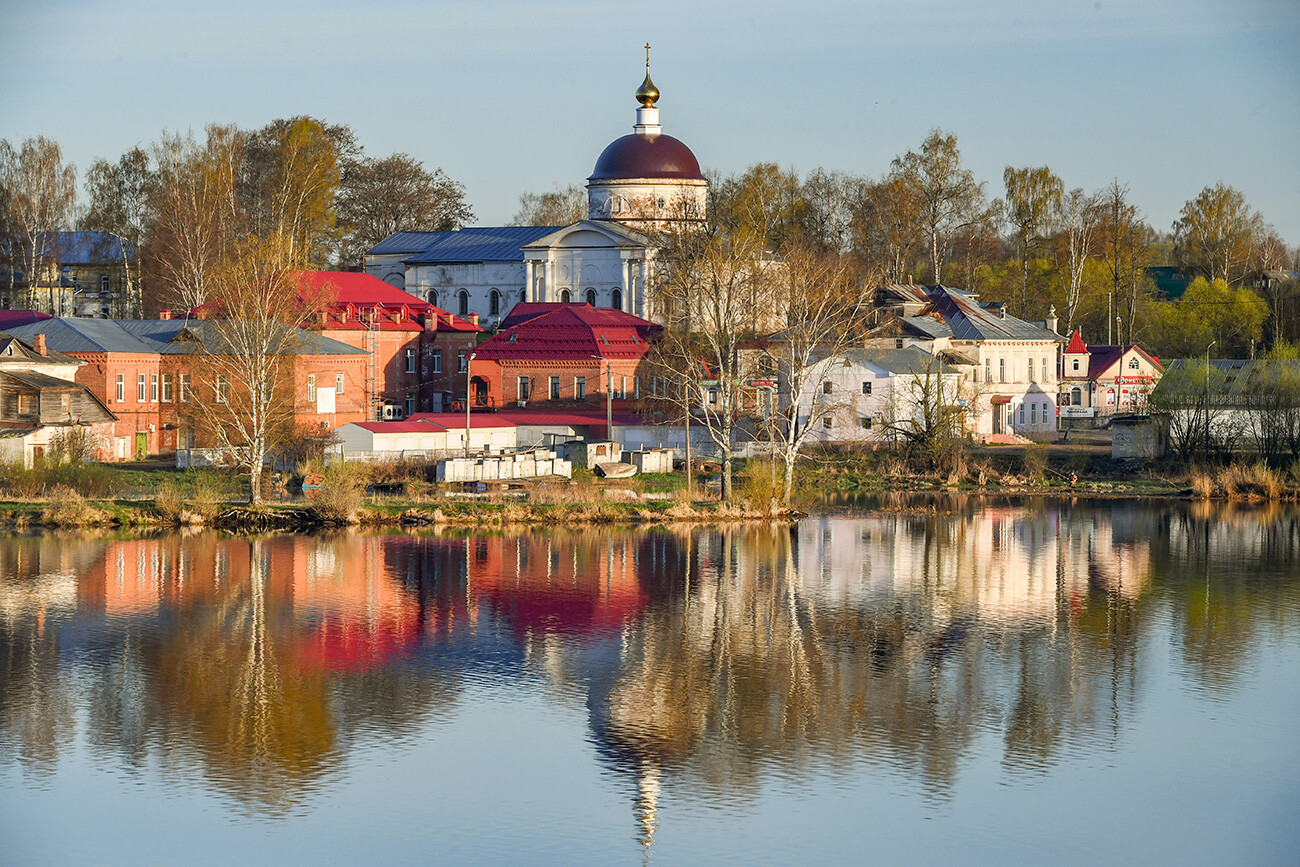
In neat little Myshkin, there is a real variety for lovers of chamber museums. There are almost a dozen of them there and, the main one, of course, is the world's only Mouse Museum, which contains various images of the rodent. To immerse yourself in the history of the city, you can pop into the Capital of Navigation Pilots Museum: the inhabitants of Myshkin were considered the best navigators on the Volga River.
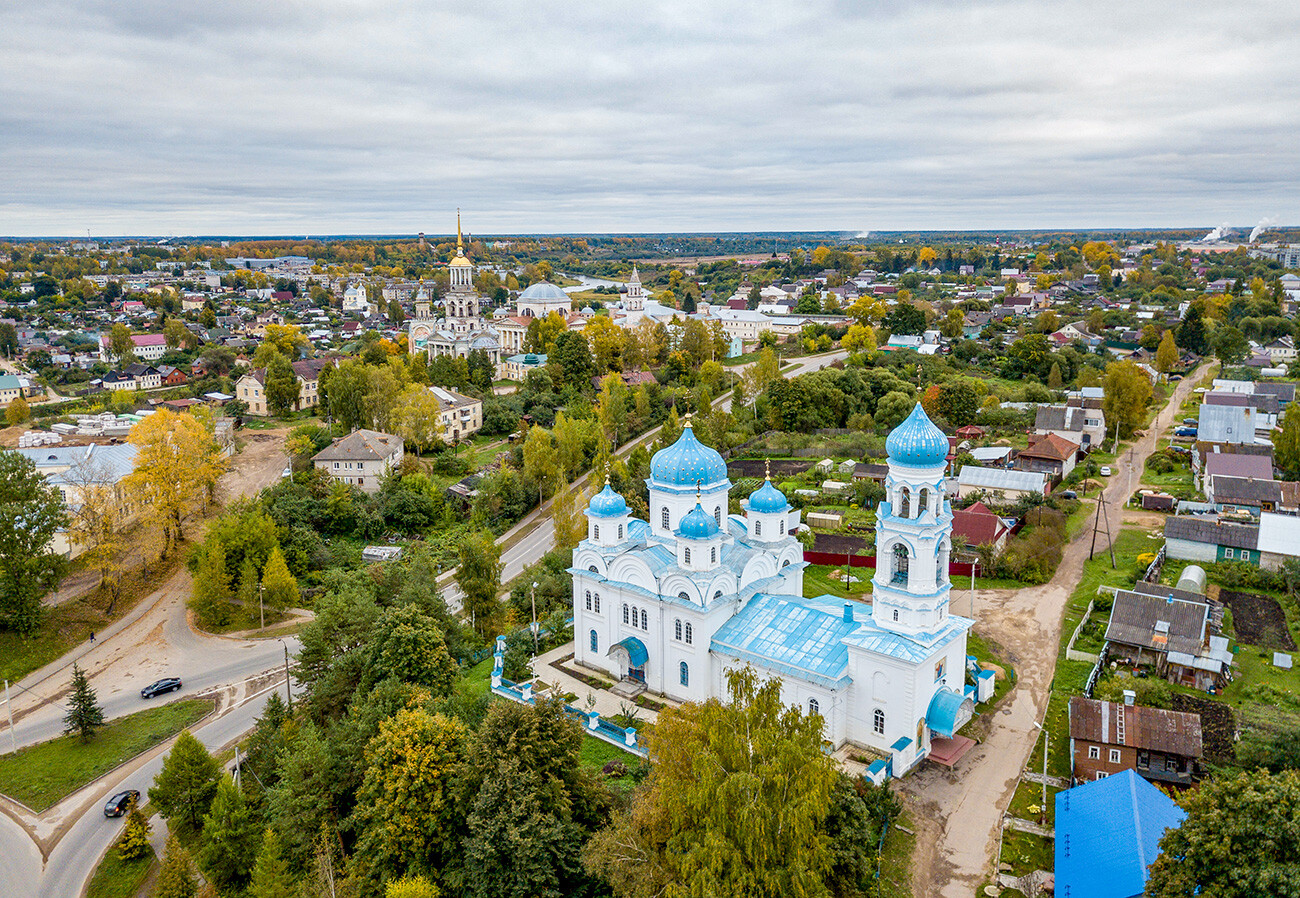
People used to go to Torzhok to enjoy the taste of the famous Pozharsky cutlet. Nowadays, a whole gastro-festival is dedicated to it. People also go to take a leisurely stroll along the Tveretskaya Embankment and admire the skill of Torzhok gold embroiderers at the Museum of Folk Sewing.
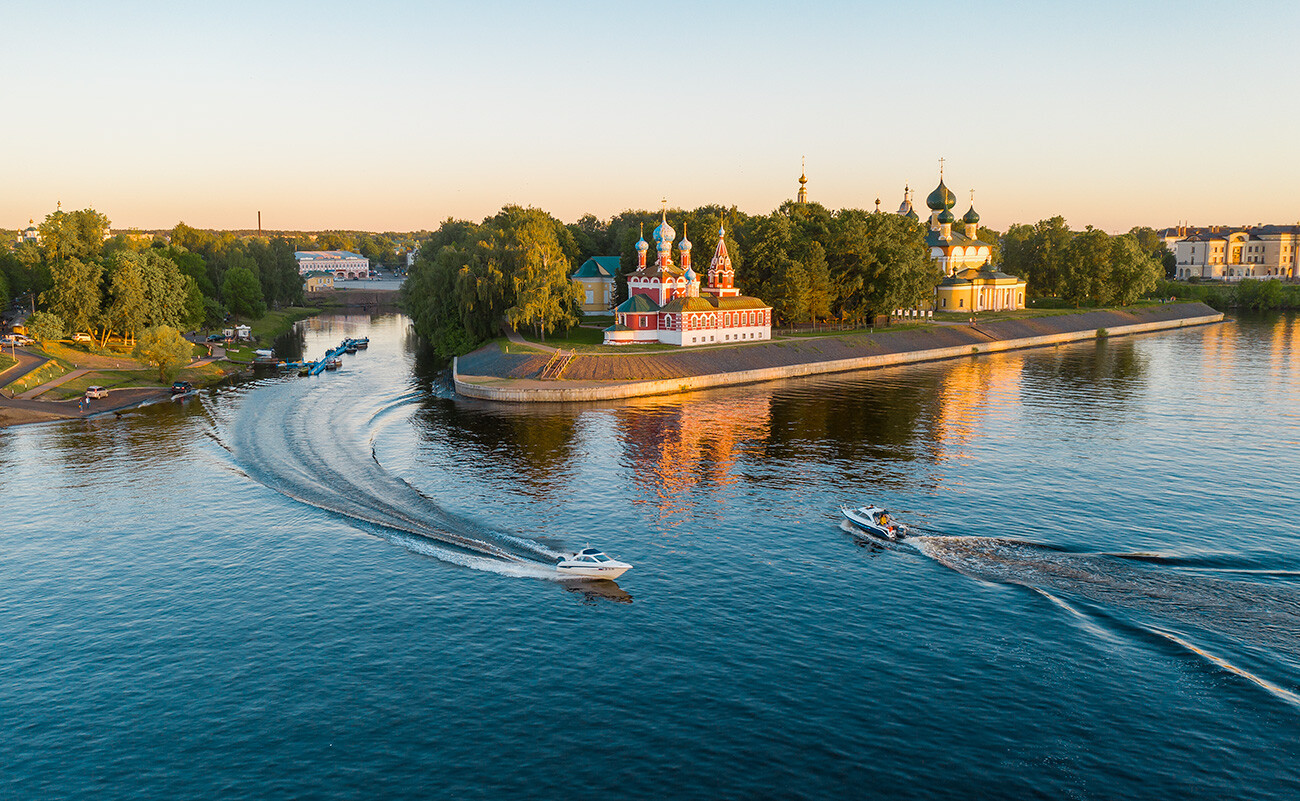
The city is known, first of all, for a tragic episode in its history: Ivan the Terrible's son, Tsarevich Dmitry, was killed there. The Church of Demetrius on the Blood, built on the site of his death, reminds one of this. Another architectural landmark is the Uglich hydroelectric power station, which supplied Moscow with electricity during the Great Patriotic War. It is almost impossible to leave Uglich without a souvenir, especially for those who love cheese. And, on the territory of the local cheese factory, you can find the ‘CheeseCultProsvet’ museum, where you can watch the production process from a glassed-in gallery.
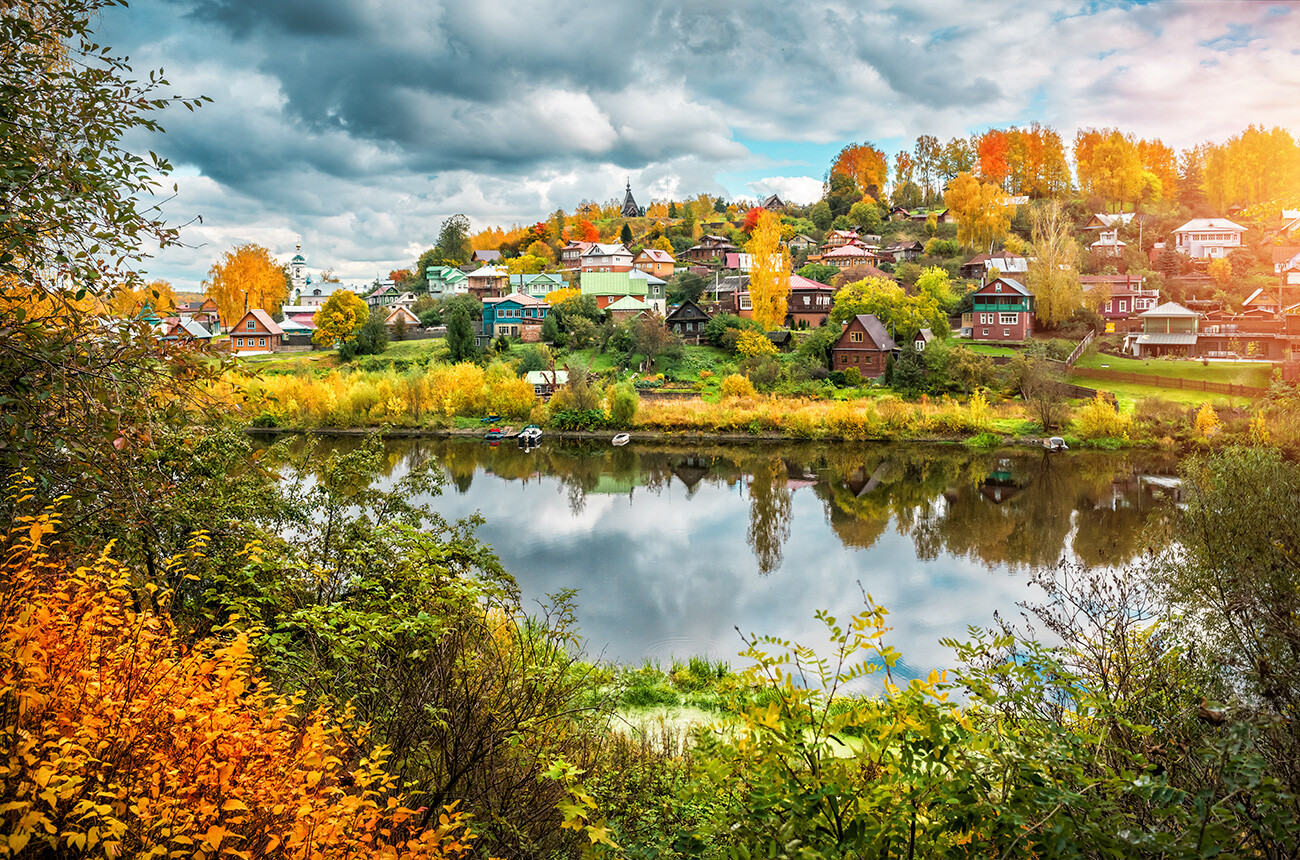
Any connoisseur of Russian art knows Plyos very well: Isaak Levitan praised its lands and created a whole gallery of quiet local landscapes. You can enjoy the views of Plyos by climbing the Cathedral Hill and Levitan Hill, where a monument to the artist is now installed. And then, be sure to stop by the birch grove - it can also be seen in Levitan's paintings.

One of the most famous cities of the ‘Golden Ring’, the charm of which is hard to resist. It is no coincidence that filmmakers often choose this town: for example, Andrei Tarkovsky went to Suzdal to film ‘Andrei Rublev’ (1966). Among the must-see sights is the Nativity Cathedral with unique medieval gates, created using the technique of fire gilding. In search of a special atmosphere, you should walk to Ilyinsky Meadow and admire the surroundings from there.
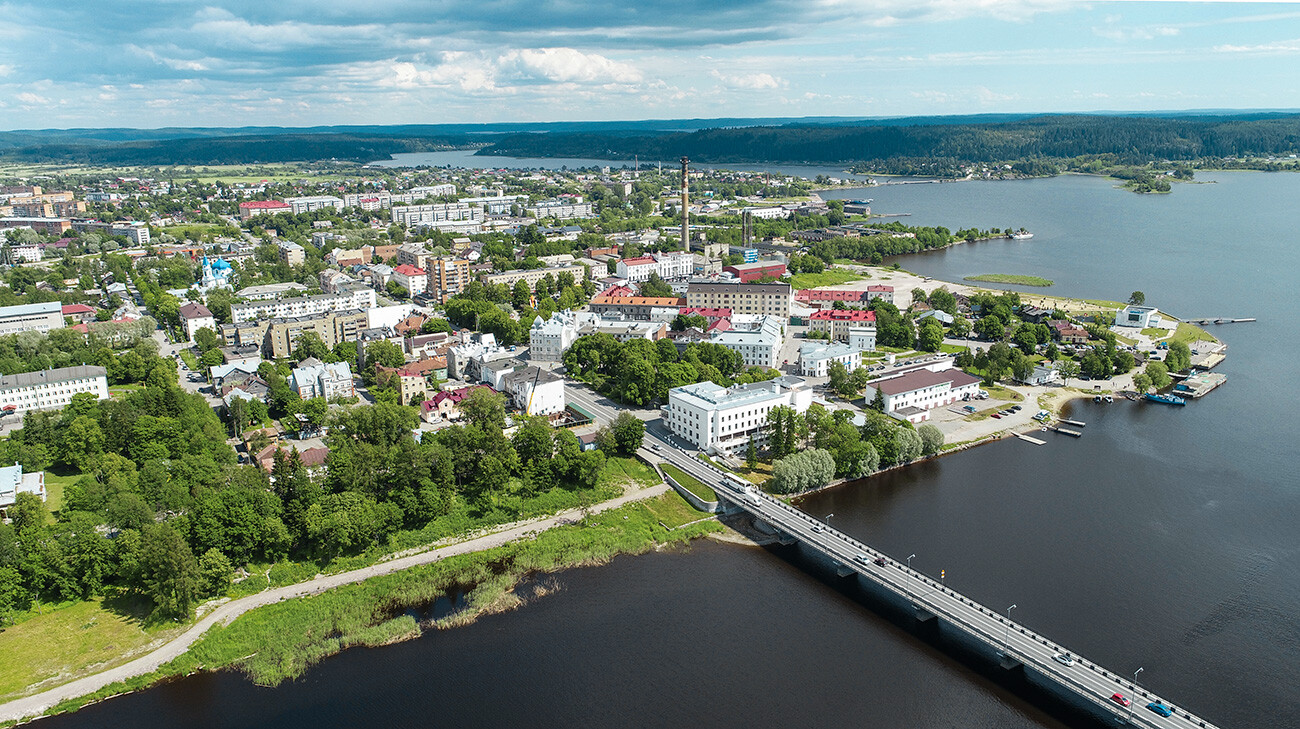
This small town on the shore of Lake Ladoga has a rugged charm. For lovers of architectural walks, it is a real paradise. For example, Leander House resembles a medieval castle, while the imposing wooden building of the former town hall still gives the impression of a massive ship. There is also a museum of Kronid Gogolev, who created three-dimensional paintings out of wood.
Dear readers,
Our website and social media accounts are under threat of being restricted or banned, due to the current circumstances. So, to keep up with our latest content, simply do the following:
If using any of Russia Beyond's content, partly or in full, always provide an active hyperlink to the original material.
Subscribe
to our newsletter!
Get the week's best stories straight to your inbox